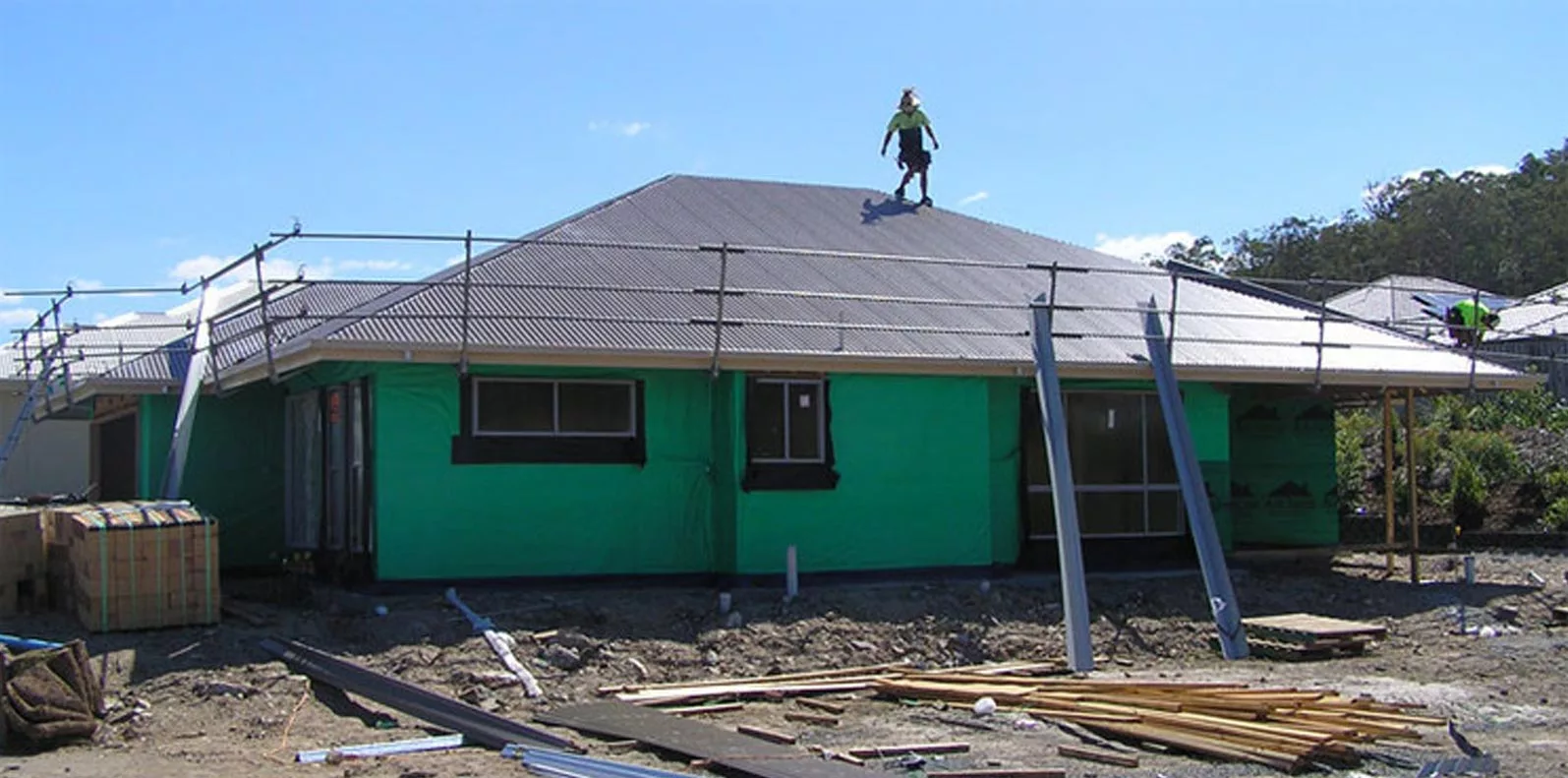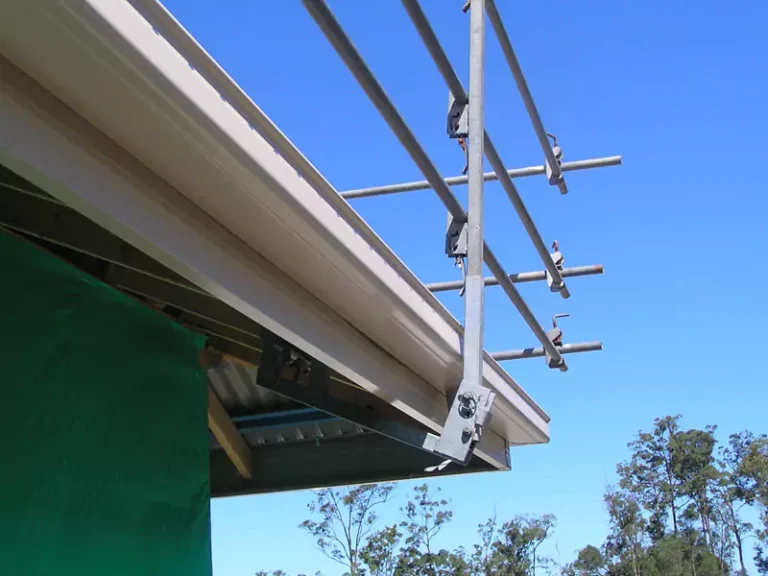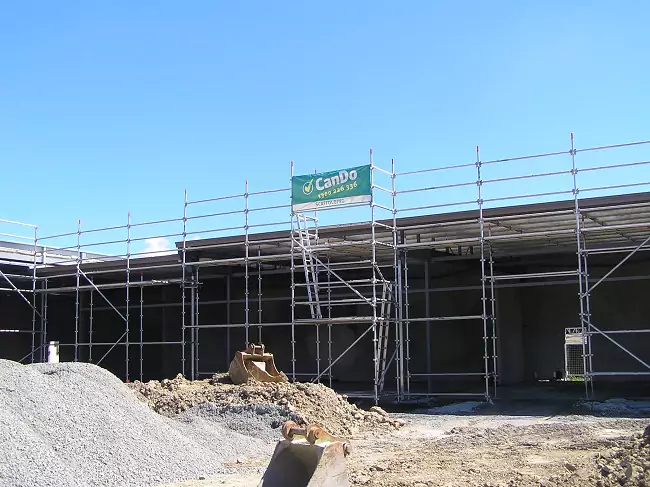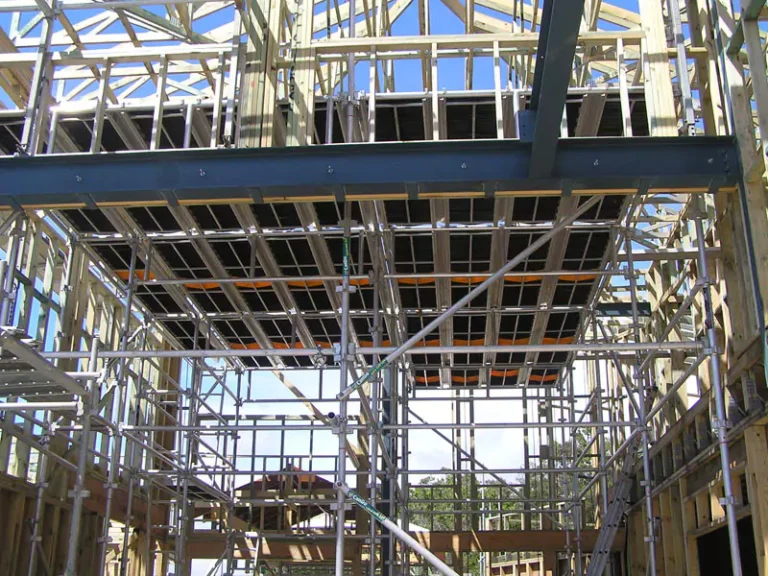How To Erect Your Scaffolding Safely
Working at significant height will always include a certain risk. It’s therefore paramount that when erecting any type of scaffold structure, whether it be basic scaffolding or a heavy duty structure, you do so safely and correctly.
Many people are unaware of the risks that can arise from scaffolding which has been set up incorrectly. Even the smallest error in the setup can cause devastating consequences. In this article we provide some of our best tips for erecting a scaffolding in the most efficient and safest way possible.
1. Look for flat ground
In order for a scaffolding structure to function properly and as intended it needs to be assembled on a stable and flat surface. Uneven surfaces may cause the structure to move and will put your team at unnecessary risk. For this reason, you have to make sure you select your set-up location with care.
2. Use your safety equipment
Every construction site is unique in its hazards and risks. Beyond the training, control measures, scaffolding requirements and safety regulations, it is imperative that workers always refer to the onsite ‘Safe Work Method Statement’ to determine the correct Personal Protective Equipment (PPE) requirements for scaffolding works on site.
These PPE requirements include, but are not limited to:
- Head protection
- High-vis clothing
- Protective footwear
- Sun protection
- Eye/face protection (googles)
- Gloves
- Hearing protection
3. Safety inspections
No matter how careful you are when working with scaffolding, you’ll remain at risk if the scaffold is unsafe. So, before climbing any part of the scaffold, have a qualified scaffolder or other competent person (who preferably holds a scaffolding licence) check and double-check that all connections are firmly in place.
Inspect the locks, clamps, and outriggers and see if they are all tightly secured. If you are using a mobile scaffold, make sure that the wheels are locked and completely immovable.
4. Fall prevention
To mitigate the risk of falls and ensure safe scaffolding, you must be able to identify any hazards, assess the risk of injury, and implement control measures which minimise these risks. Hazards which can increase the risk of a fall whilst erecting scaffolding include:
- Unprotected void areas such as ladder access voids
- Poor environmental conditions such as wind, heavy rain, and glare
- Equipment, materials, or protruding objects below the scaffolding such as pallets, reinforcing steel, rubbish skips, and picket fences
- Incomplete scaffolds or loose components where work is being undertaken
5. Adhere to work methods
When it’s time to install the scaffolding equipment, scaffolders must be clipped on or working within a handling platform. One of the most crucial steps when installing scaffolds is the assemblers must be tied into a stable solid structure. Guardrails and ledgers must be placed around the scaffolding structure. Ladders must also be installed accordingly and you need to any ladder access and furnished working platforms are placed securely.
Following these tips on scaffolding erection will ensure the safety of your workers as well as the public.

Get in touch!
If you are planning to carry out any construction works on the Gold Coast, Brisbane, or northern NSW soon; the best way to managing the risks of working with scaffolding is by hiring the services of CanDo. We provide a comprehensive range of scaffolding solutions, including void protection platforms and roof edge protection, that will suit any residential or light commercial construction works.
CanDo’s qualified scaffolders also provides consultation services to ensure that you get the best solution to your specific needs and to comply with the Work Place Health and Safety Regulations.
Contact CanDo today at 1300 226 336 and get a free quote and expert advice for your scaffolding hire needs.







